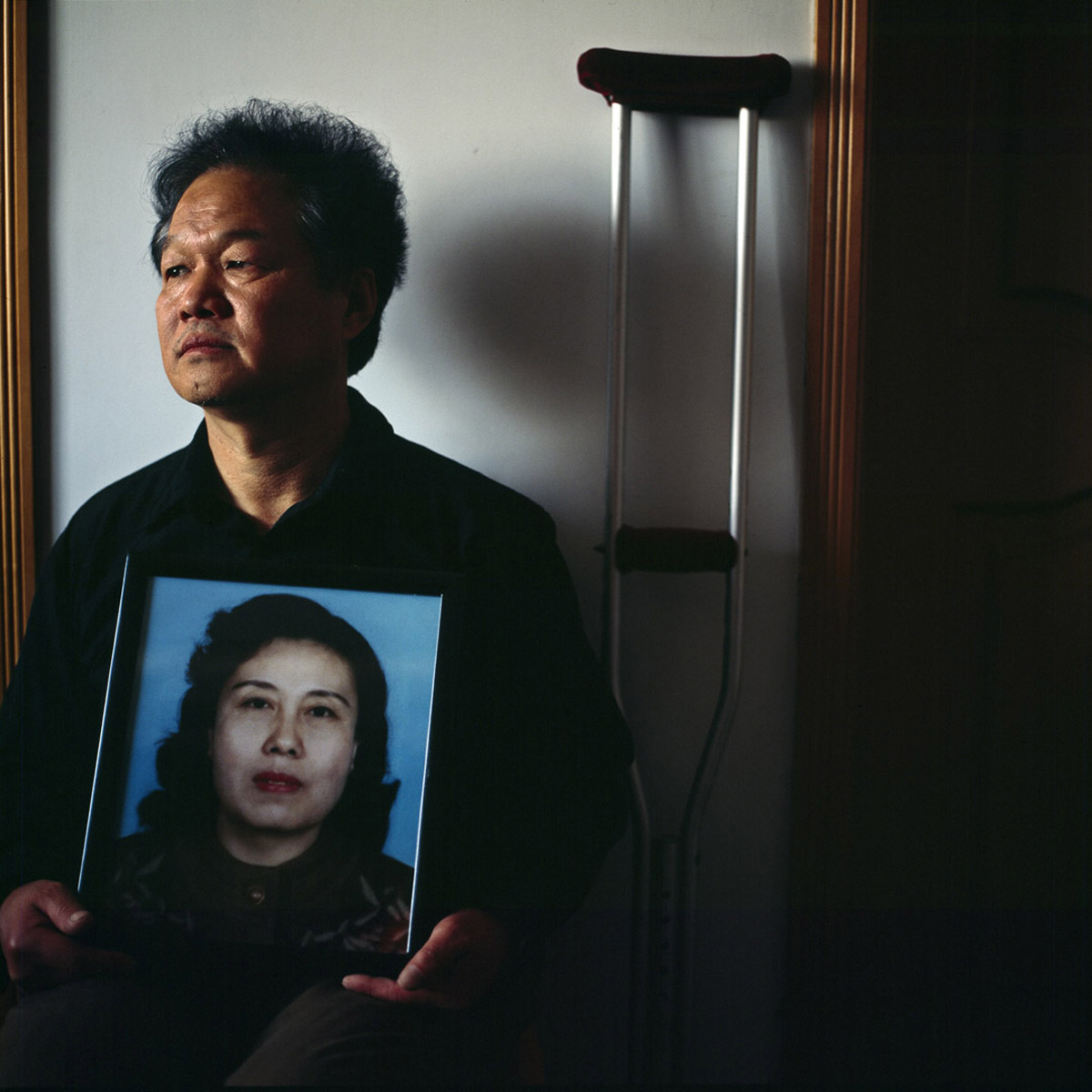Lijie Zhang (China): The Forgotten Victims of SARS Sequelae
Gallery offline – updating soon
In 2003, an unknown virus, SARS (Severe Acute Respiratory Syndrome), spread rapidly in the mainland of China. The high mortality and high infection rates of SARS brought tremendous panic, and many people died in the disaster.
Due to lack of experience, glucocorticoids was used extensively for emergency treatment of SARS patients, especially in Beijing, where SARS was widespread. Excessive use of hormones is widely considered the main cause of one of Sequela of SARS: Osteonecrosis of the femoral head. Many Osteonecrosis sufferers lost the ability to work; they cannot stand to walk due to the severity of its symptoms. It is difficult for them to take care of themselves in daily life, and some are forced to replace their natural joints of the femoral head with artificial ones.
According to current medical standards, the life expectancy of an artificial joints is only fifteen years. Moreover, since an artificial joint cannot be replaced, many who have them will be forced to spend their lives as invalids. Already, the vast majority of patients with sequela of SARS have left their jobs, their lives completely changed.
Because the virus was unknown, SARS patients were required to consume a large quantity of various medications. Some of these also produced Sequela of SARS, including pulmonary dysfunction, hypertension, diabetes, cancer and so on. SARS survivors seem to be lucky for escaping with their bare lives, but now they have to live in the shadow of discrimination and soul forever.
My project presents portraits of patients alongside interiors of the most famous SARS designated hospital, Xiao-Tang-Shan, located about 35 kilometers north of Beijing. In the period of SARS, the spread of of the virus was contained effectively by the isolation of a large number of SARS patients in Xiao-Tang-Shan hospital. So “Xiao-Tang-Shan” became a symbol word, related to SARS. There were over 680 SARS patients treated in the hospital. Then, after 51 days of high-speed operation, the hospital and adjoining houses were completely abandoned. Today, there remain only the traces of those years.

